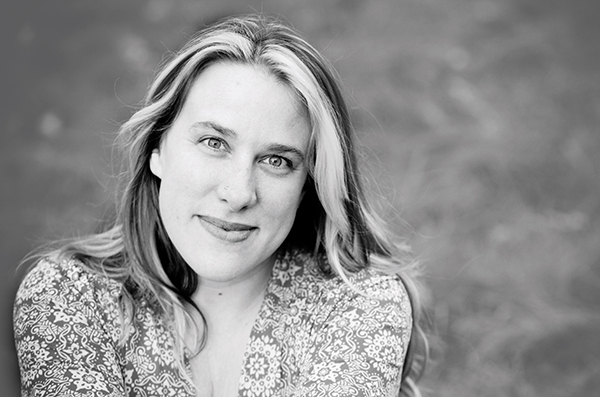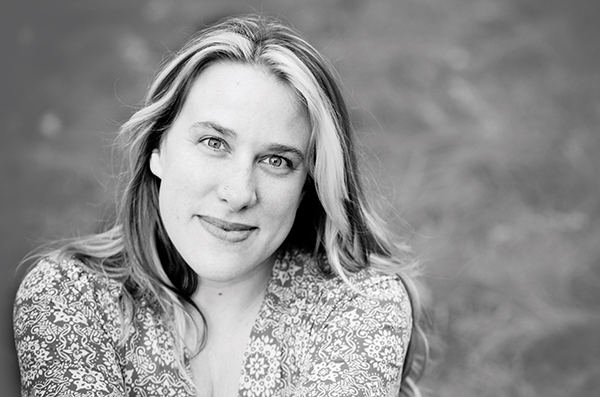State of mind
by Heather Shayne Blakeslee
This month, we swear in a new president. Some of us will be swearing a lot for the next four years.
There is a mighty cognitive dissonance in looking at an overwhelmingly red map that exists side by side with the fact that nearly 3 million more Americans voted for the other candidate. The visual screams mandate; the numbers cry foul. We’re not sure what to believe anymore, even when we know what to expect.
On the eve of the 2016 presidential election, even early in the evening, the nation watched as a red tide rolled across Florida. As the votes were counted in real time and one district after another succumbed to its color-coded end, the results seemed unsurprising. Miami and other populous areas turned blue, while geographically larger but less populous areas bled out.
We were prepared for that, at least: At some point, the graphics departments at the major news outlets that shape our perception of reality started more finely tuning coverage to help our diverse and divided nation understand that states are not, politically speaking, simply blue or red. They vote district by district, town by town and even block by block.
Next time around, we will probably insist on even more accurate data from better calibrated polls, all in the service of increasingly prescient statistical modeling and visually arresting infographics. Soon, we’ll be slicing up individual grains of Florida’s sands.
But, as with everything, framing is everything, and it’s the larger picture that actually gives us insight into reality. When we step back, Florida is a blue state, through and through, and it always will be: It’s surrounded by the Atlantic Ocean.
Those blue waters are apolitical. The sands shift without thought on Florida’s shores even as voters make last-minute decisions on who they want to represent them. The wind sweeps through both sides of the aisle in the form of gentle ocean breezes and destructive hurricanes. The water, earth and land simply don’t care how the people of Florida, or any other state, vote.
Now that the water is rising and the hurricanes come stronger and more often, naming that reality isn’t an exercise in poetry; it’s an exercise in survival.
Looking at what Florida is doing and not what it’s saying at the polls is instructive, and encouraging. The governor may still make public statements questioning climate change, but the mayors of cities are busy with major infrastructure projects all around the state, building sea walls and elevating roads. “Resiliency Director” is now a job that more and more people hold.
Even in states like Texas, where the sea has no chance of flooding roads but the weather is becoming increasingly hot, change is afoot. Making money from energy is buried deep in the marrow of its cultural bones, so it shouldn’t be surprising that Texas produces more wind power than any other state in the union. It might be too soon to utter the phrase “big wind,” but there will come a time when those Texas air conditioners working overtime aren’t powered by fossil fuels.
These projects and more were just chronicled in a piece in The New York Times. It’s important to note that the article was published in a place that should be getting more attention from all of us: the science section.
The earth will continue to spin, and it will do so with or without us. But if we’d like the ride to last a little longer, we need to keep in mind that political divides are ultimately unhelpful. We need to be united in caring about the earth, precisely because it will never care back.






